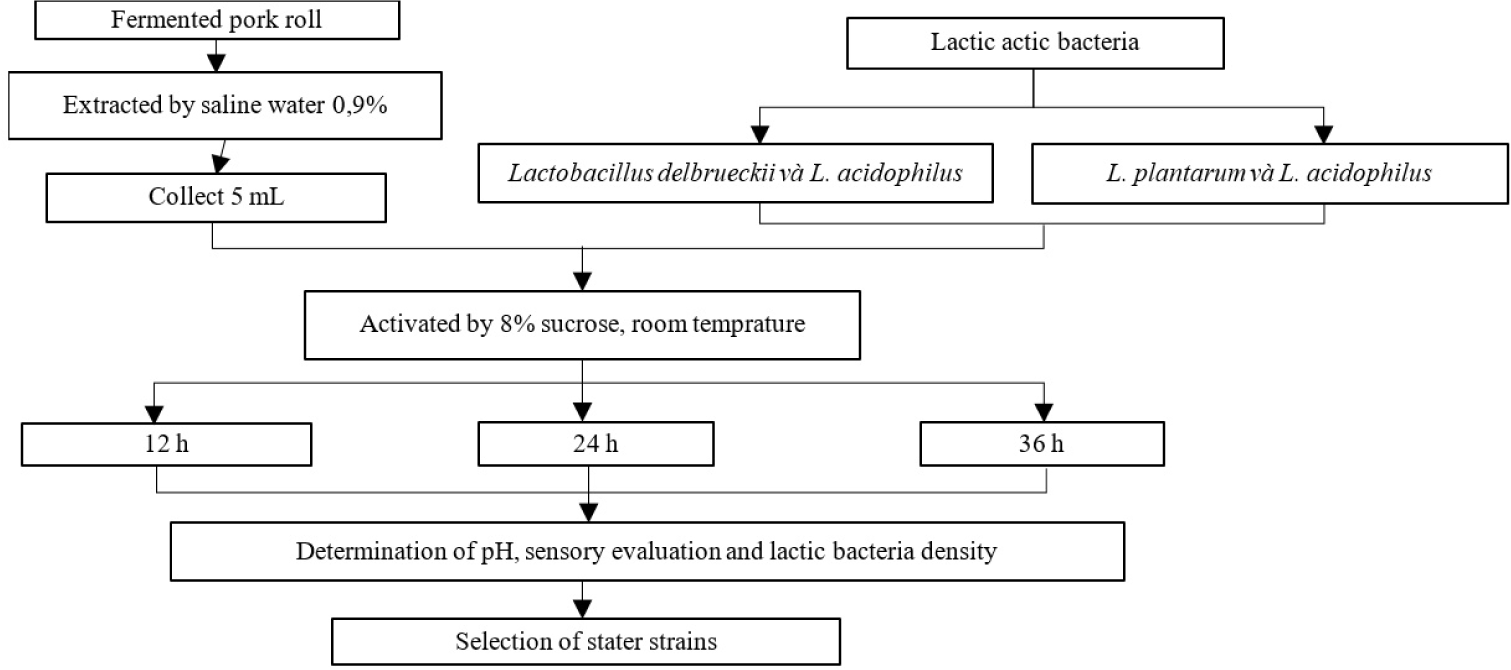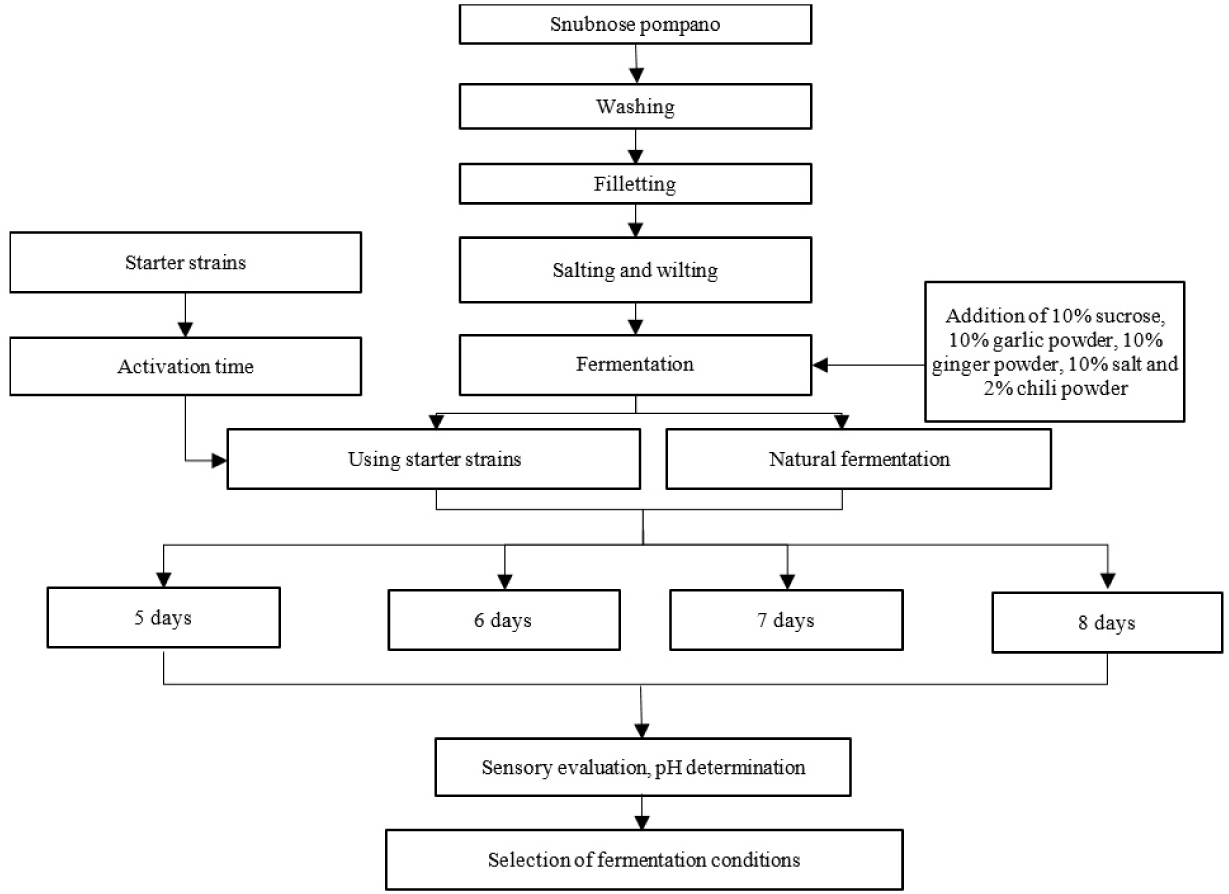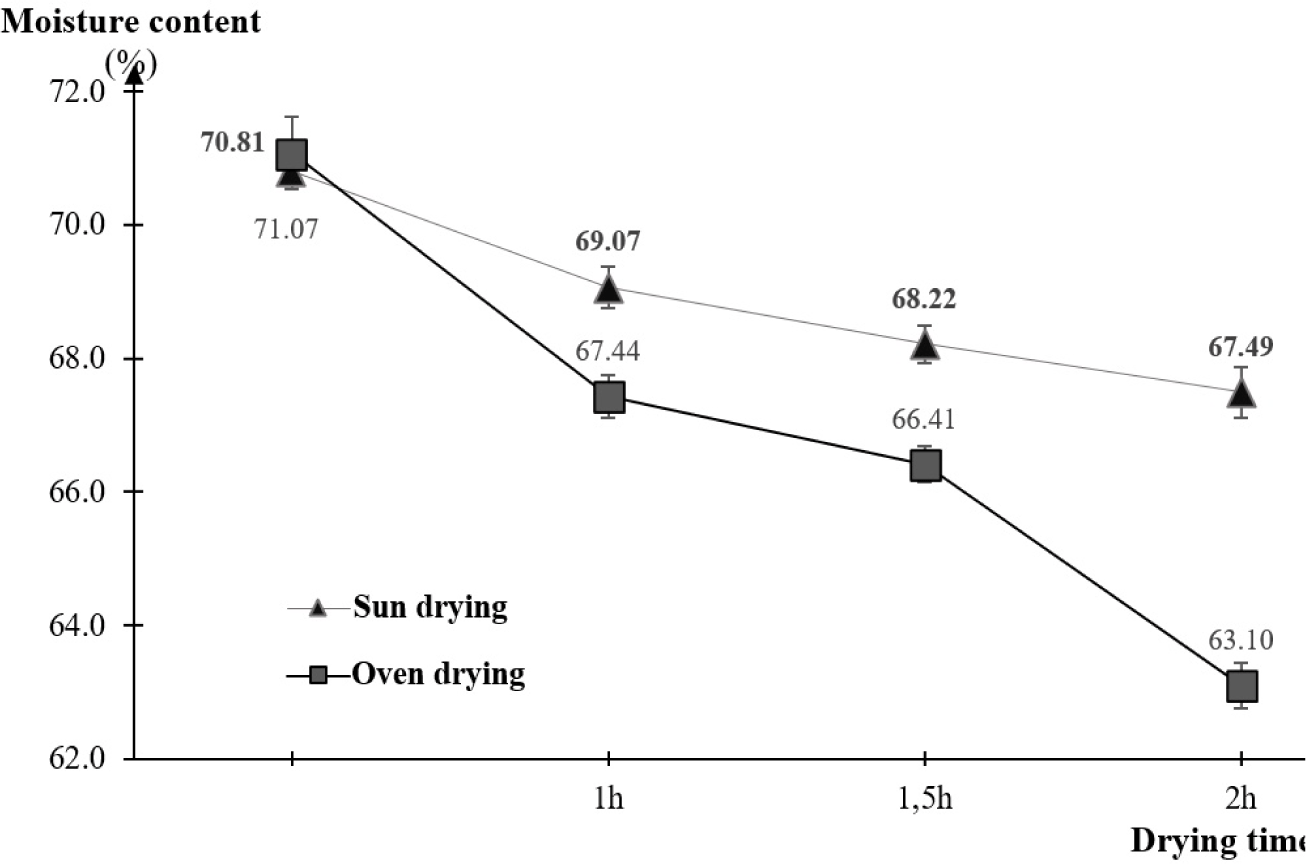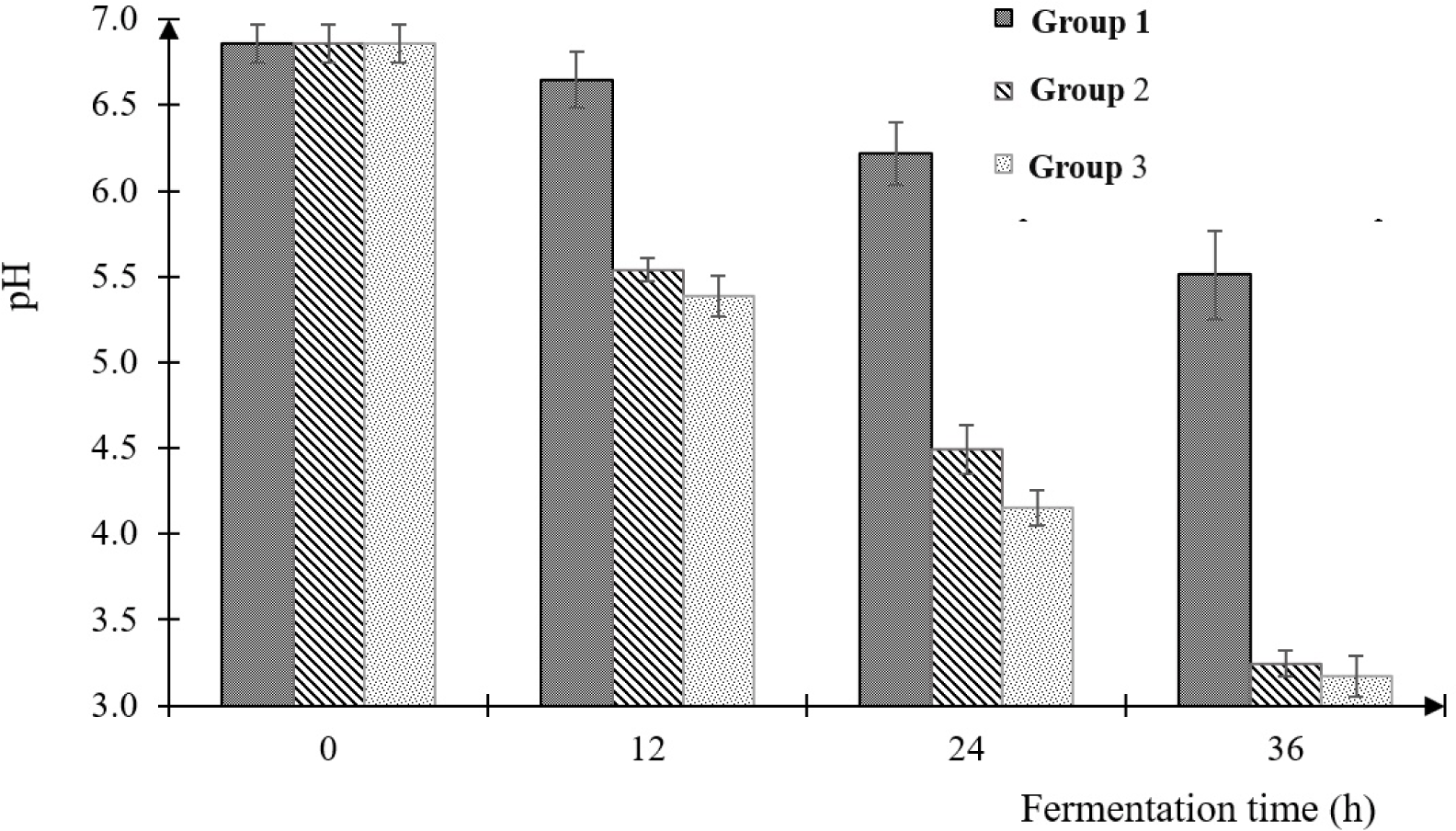Introduction
Vietnam has a long coastline and a tropical monsoon climate that are supportive in the development of aquaculture and marine life. In addition, commercial farming models for many types of marine fish such as grouper, sea bass, and snubnose pompano (Trachinotus blochii; van Dung et al., 2016; van Ngo et al., 2023) have now been developed in areas such as the Southwestern and Central coastal provinces, especially the South Central region including Khanh Hoa. Among those fish species, snubnose pompano has received more attention due to its high market value and rapid growth characteristic (Tran et al., 2021; Vu-Khac et al., 2016). Annual global production of commercial pompano is reported to be more than 110,000 tons, with the largest suppliers being Vietnam, China and Indonesia. Currently snubnose pompano has been studied and raised on industrial scales in some coastal provinces such as Khanh Hoa, Ninh Thuan, etc. (van Dung et al., 2016; Vu-Khac et al., 2016). Despite significant progress in developing sustainable pompano farming in Vietnam, research in processing methods for the development of new or novel pompano products is lacking. While sale and consumption of snubnose pompano in fresh or chilled form is still commonly practiced, the lack of alternative products limits the economic development potential of this industry. In Vietnam, the production of salted and fermented fish and fish products is common. Pickle salting is still a traditional and industrial production option of fish products. Salted fish products have a long shelf life due to low water activities (Brás & Costa, 2010; Oliveira et al., 2012). This is because most bacteria, fungi and other pathogenic organisms cannot survive in a highly salty environment (Sampels, 2015). Furthermore, salt gain and water loss, together with some loss of other soluble compounds and proteins (Brás & Costa, 2010), contributes to a completely different flavour and texture of processed products. Protein denaturation occurs during salting process is also important chemical changes to final products. According to Beddows (1998), salted, fermented and sun dried fish is generally known as “fermented fish” since the processing methods usually involved salting, fermentation and drying. The combination of salting with fermentation is very valuable in tropical regions, including Vietnam because of the climate and the extreme perishability of fresh fish (Thuy et al., 2024). The salting fermented production was also found to be an important method for fish preservation, distribution, and transportation. For this reason, such fish processing technology offers an opportunity to develop new products from valuable fish species such as snubnose pompano.
To the best of our knowledge, there has been no investigation on processing of snubnose pompano as food products. Therefore, the development of new processing techniques that might enhance the distribution and transportation of snubnose pompano products is of value. This research aims to investigate effect of appropriate parameters in processing new products from farmed snubnose pompano in Nha Trang-Khanh Hoa. The drying/wilting methods and fermentation conditions that are critical to fermented products were studied. The quality of final products was indicated in the results. This study also contributes to expand output for sustainable development of pompano farming.
Materials and Methods
Snubnose pompano (T. blochii) were raised at aquaculture farms at the Institute of Aquaculture, Nha Trang University (NTU), Vietnam. The fresh fish with an average weight from 800 to 1,200 g were iced in ratio of 1:2 and immediately transported to the NTU procesing laboratory. The physical, chemical, and micorbiological characteristics of fish samples were recorded. Fish samples were then washed, viscera removed, and filleted. The fillet samples were stored at 4 ± 1°C for futher studies.
The moisture, ash, and protein content and total lipid were determined by AOAC (1990) methods. Total bacterial counts (TBC) were determined according to the procedure previously described by Lu et al. (2010) with some modifications. TBC tests were conducted in triplicates for fish randomly taken from the same group. Each fish sample (15 g) was aseptically weighed and then placed in a sterile bag containing 135 mL of 0.85% w/w saline water. The samples were homogenized for 1 min, serially diluted, and 0.1 mL plated onto plate count agar (PCA) Petri dishes. The TBC was determined after incubating at 37°C for 48 h. Microbiological counts were presented as log of colony forming units per gram (clony-forming unit [CFU]/g) of samples.
The microbiological analysis of Coliform; Escherichia coli; Salmonella; Staphylococcus aureus; Clostridium perfringens; and Vibrio parahaemolyticus was conducted according to standard methods of ISO 4832:2007, ISO 16649:3-2015, ISO 6579-1:2017, ISO 6888: 1999, ISO 7937: 2004, and ISO 7218:2007, respectively.
Sensory evaluation based on TCVN 3215-79 standard was conducted by a trained panel as previously described (le Chau et al., 2021). The sensory quality of the final product was evaluated by TCVN 3215-79 standard (le Chau et al., 2021). A sensory committee of 5 people was used to evaluate the samples in term of color, appearance, aroma, and taste. The scoring scale is based on a 20-point system with 6 levels from 0–5 points with 0 = very low, poor and 5 = very high. The average score of a indicator is the average tested results for that sensory criterion by a committee. The important factor represents the importance of each sensory criterion. The weighted scores is defined that the average score of each parameter multiply important factor. The final total sensory score is the total weighted score of all the sensory criteria.
The experiments were conducted using 4 kg of snubnose pompano that was salted at 10% in 24 h at 40°C to prevent rot and dehydrate. Fish samples were devided into sun drying and oven drying at a temperature of 50°C with a wind speed of 2 m/s groups. After drying at 1, 1.5, and 2 h, samples were tested for sensory evaluation and moisture content determination to choose the appropriate drying method.
Determination of fermentation strains was conducted according to the Fig. 1. Fish samples were divided into 3 groups for evaluating the ability to ferment 8% sucrose solution of lactic bacteria strains intended to be used as starter strains for the fermentation of salted and fermented pompano. Group 1 contained Lactic bacteria extracted from Ninh Hoa fermented pork roll (20 mL of 0.9% physiological saline solution to extract bacteria from 50 g of Ninh Hoa fermented pork roll and collect 5 mL of bacterial solution to use for the activation culture process). Group 2 included mixture of 2 bacterial strains: Lactobacillus delbrueckii and Lactobacillus acidophilus at a 1:1 ratio. Group 3 contained mixture of 2 bacterial strains: Lactobacillus plantarum and L. acidophilus at a 1:1 ratio. The bacterial cultures were subjected to 8% sucrose solution for 12, 24, and 36 h as activation time. Afterwards, the pH, sensory quality and lactic bacterialdensity was quantified as a basis for selecting the bacterial strain used to start the fermentation process.
The protocol for determination of fermentation is described in Fig. 2. The fermentation condition described as Group 1 was simply naturally fermented, whereas Group 2 fermentation condition included the selected starter bacterial strain that were cultured according to the conditions determined in the previous experiment. Afterwards, 10% sucrose, 10% garlic powder, 10% ginger powder, 10% salt and 2% chili powder were added and samples allowed to ferment for 5, 6, 7, and 8 days, and then subjected to sensory evaluation and pH determination as a basis for choosing fermentation condition and time.
Statistical analysis was performed with SPSS version 17 (SPSS, Chicago, IL, USA), to evaluate the influence of the processing parameters on the pH, and sensory attributes at the end of salting and fermentation. Analysis of variance (ANOVA) was used to compare the significant differences. The statistical significance was established at p < 0.05.
Results and discussion
The ruults of chemical composition, heavy metal content, and microbial contants of subnose pompano are presented in Table 1.
| No. | Compositions | Results (%) |
|---|---|---|
| 1 | Moisture content | 71.07 ± 0.87 |
| 2 | Protein contents | 19.03 ± 1.25 |
| 3 | Total lipid | 6.43 ± 0.04 |
| 4 | Total ash | 2.49 ± 0.12 |
| 5 | Soluble ash | 2.21 ± 0.13 |
As shown, the amount of protein, total lipid, and soluble ash (mineral) was 19.03%, 6.43%, and 2.21% respectively, suggesting a rich nutritional value of subnose pompano fish. These results are in agreement with previous studies of subnose pompano fish raised in sea cages in Southeast Asia and China (He et al., 2019; Prabu et al., 2020).
The results in Table 2 show that the flesh of subnose pompano raised in sea cages in Nha Trang did not contain pathogenic bacteria such as E. coli, S. aureus, C. perfrigens, Salmonella, and V. parahaemolyticus. The value of total plate count ([TPC] total aerobic bacteria) was 3.2 × 105 CFU/g, which is lower than QCVN 8-3:2012/BYT (Thu et al., 2021) food standards.
These results demonstrate that subnose pompano has significant nutritional value. In additiona, no pathogenic bacteria were detected in any of the samples tested. Therefore, we can conclude that the material from subnose pompano that was raised in Nha Trang meets the national standards on QCVN 8-3:2012/BYT (Thu et al., 2021) that can be safely used as raw materials for further processing and product development.
The data showing changes in sensory quality and moisture content of subnose pompano flesh based on sun drying and freezed drying methods are presented in the Figs. 3 and 4.
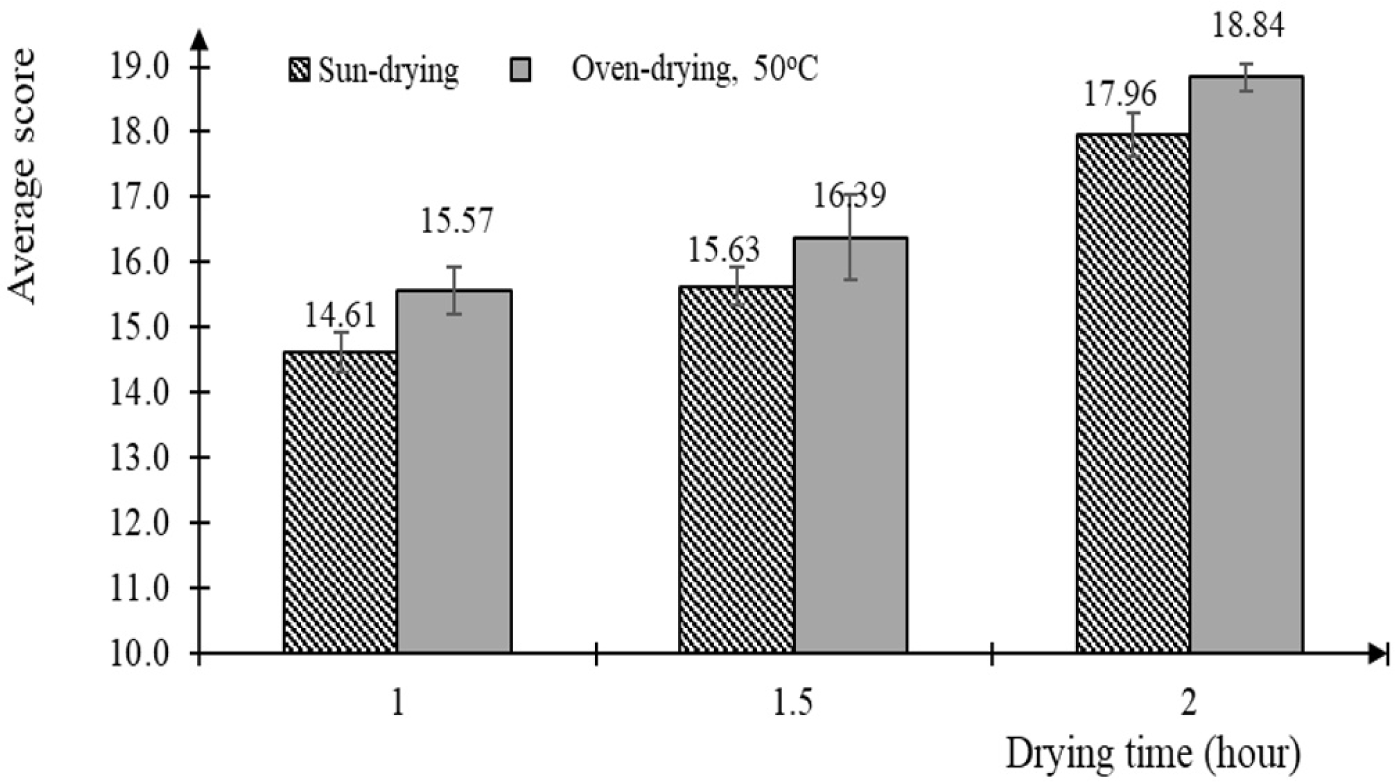
The results of sensory quality assessment presented in Fig. 3 show that the time and method of wilting raw materials have a clear effect on the sensory quality of semi-finished products. Specifically, the raw samples that were oven dried at a temperature of 50°C, and wind speed of 2 m/s for 2 h had the highest total average sensory score of 18.84 points. These results demonstrate that the drying mode at a temperature of 50°C and a wind speed of 2 m/s for 2 h helps create the semi-finished product with the best sensory quality. Meanwhile, fish meat samples after salting and drying in the sun for 1, 1.5, and 2 h had a total sensory score of 14.61, 15.63, and 17.96 points respectively. This result can be explained by the fact that during the sun drying process, the semi-finished product was exposed to direct sunlight, causing discoloration (Adeyeye, 2019; Chen et al., 2022; Nguyen et al., 2014). Cyprian et al. (2017) studied the effects of drying methods on the sensory quality of dried fish and showed that the nutritional quality of the sun-drying products is also significantly poorer than other drying methods.
The results of moisture analysis of semi-finished products presented in Fig. 4 show that the time and method of wilting pompano fillet has a clear effect on the moisture content of semi-finished products and samples withered by different methods. In particular, salted fish samples were withered by drying at a temperature of 50°C, wind speed of 2 m/s for 1, 1.5, and 2 h with humidity of 67.44%, 66%, 66%, respectively. Meanwhile, salted fish samples that were withered by sun drying for 1, 1.5, and 2 h had moisture levels of 69.07%, 68.22%, and 67.49%, respectively. Thus, wilting by oven drying at a temperature of 50°C with a wind speed of 2 m/s is significantly better than drying by sun for the same amount of time. This result can be explained by the fact that when oven drying, the humidity of the air in the drying room has been dehumidified, so the driving force of the moisture removal process is better, thereby significantly increasing the wilting effect (Campbell-Platt, 1994; Najafian & Babji, 2012).
These results therefore demosntarte that the method of wilting affects the sensory quality and moisture content of the semi-finished product after wilting. Analytical results also show that wilting fish flesh after 10% salting by oven drying at a temperature of 50°C with a wind speed of 2 m/s for 2 h provides the semi-finished product having the best sensory quality.
The results of sensory quality assessment in Fig. 5 show that the fermentation time of the bacterial populations used as a starter culture has a significant effect on the sensory quality of the resulting fermentation product. In particular, a mixture of two bacterial strains L. plantarum and L. acidophilus in a 1:1 ratio had the best sensory quality after 24 h of fermentation and reached 18.76 points. Meanwhile, a mixture of two bacterial strains L. delbrueckii and L. acidophilus showed a lower score in sensory quality after 24 h of fermentation, partically at 18.17 points. In contrast, the fermented samples using bacterial fluid collected from Ninh Hoa fermented pork roll sample had the lowest sensory score after 24 h of fermentation.
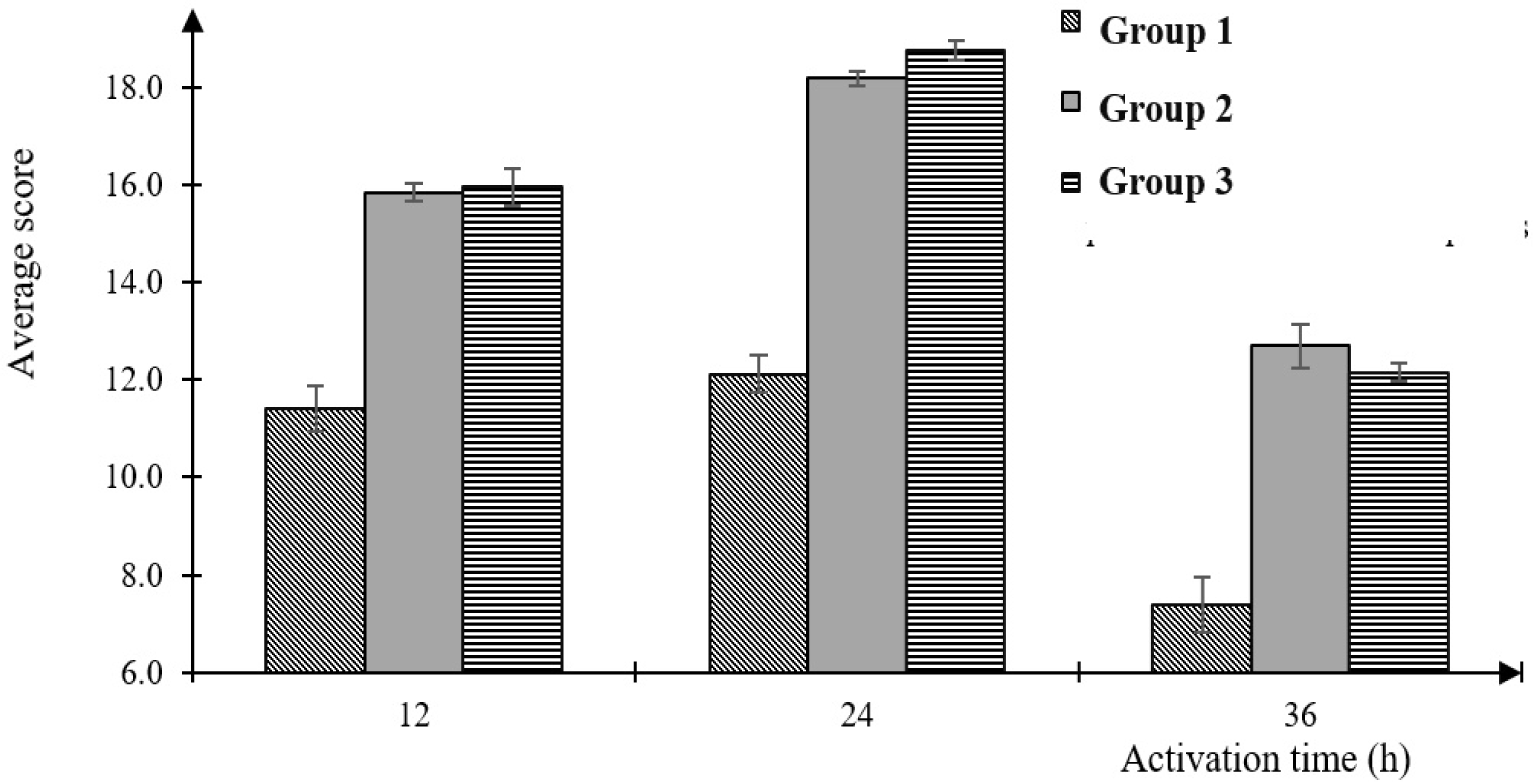
On the other hand, the sensory score of the fermented liquid at 12 and 36 h of activated fermentation was lower than that at 24 h of activated fermentation. The sensory evaluation in Fig. 3 also showed that a mixture of two bacterial strains L. plantarum and L. acidophilus produced better sensory quality than that of a mixture of the bacterial strains L. delbrueckii and L. acidophilus as well as fermentation liquid using bacterial fluid collected from Ninh Hoa spring rolls. In addition, the sensory evaluation results showed that the commercial lactic acid bacteria strains had better sensory quality than the fermentation solution using natural bacterial strains at all sampling times. Thus, the results show that the fermentation samples using a mixture of two bacterial strains L. plantarum and L. acidophilus in a 1:1 ratio provide the best sensory quality.
The results of pH determination of the fermentation solution after 24 h are presented in Fig. 6. It shows that both the activation time and the bacterial strain used have a significant effect on the pH of the fermentation liquid. In all fermentation samples, the fermentation solution with a mixture of two bacterial strains L. plantarum and L. acidophilus showed a stronger fermentation rate resulting in more lactic acid production, thereby decreasing the pH of the fermentation solution rapidly. Specifically, after 12, 24, and 36 h, the pH values of the fermentation solutions using a mixture of L. plantarum and L. acidophilus were at 5.39, 4.15, and 3.17, respectively. In addition, after 12, 24, and 36 h of fermentation by two bacterial strains produced pH values of 5.54, 4.49, and 3.25, respectively. These values were higher than those of the first group but lower than the pH values measured from the samples using bacterial populations obtained from Ninh Hoa spring rolls, Thus, the mixture of two bacterial strains L. plantarum and L. acidophilus has the ability to create lactic acid better than other samples, so the pH of the fermentation solution decreases faster than other solutions.
The results of analysis of lactic bacteria density of the fermentation solution after 24 h are presented in Fig. 7. It showed that the fermentation solution using a mixture of 2 lactic bacteria strains L. plantarum and L. acidophilus in a 1:1 ratio had a bacterial density of 7.210 CFU/g, the highest among the 3 tested samples. The bacterial strain extracted from Ninh Hoa fermented pork roll only had a bacterial density of 0.0410 CFU/g, the lowest among the research samples. Thus, the mixture of two strains L. plantarum and L. acidophilus has good lactic acid production ability among the tested strains. The fermentation results of the bacterial suspension used as the starter culture in this study are also consistent with the previous studies conducted by Zeng et al. (2013). Zeng et al. (2013) also found that a mixture of two bacterial strains L. plantarum and L. acidophilus with a ratio of 1:1 was suitable for fermentation process of fishery products (Xiong et al., 2016).
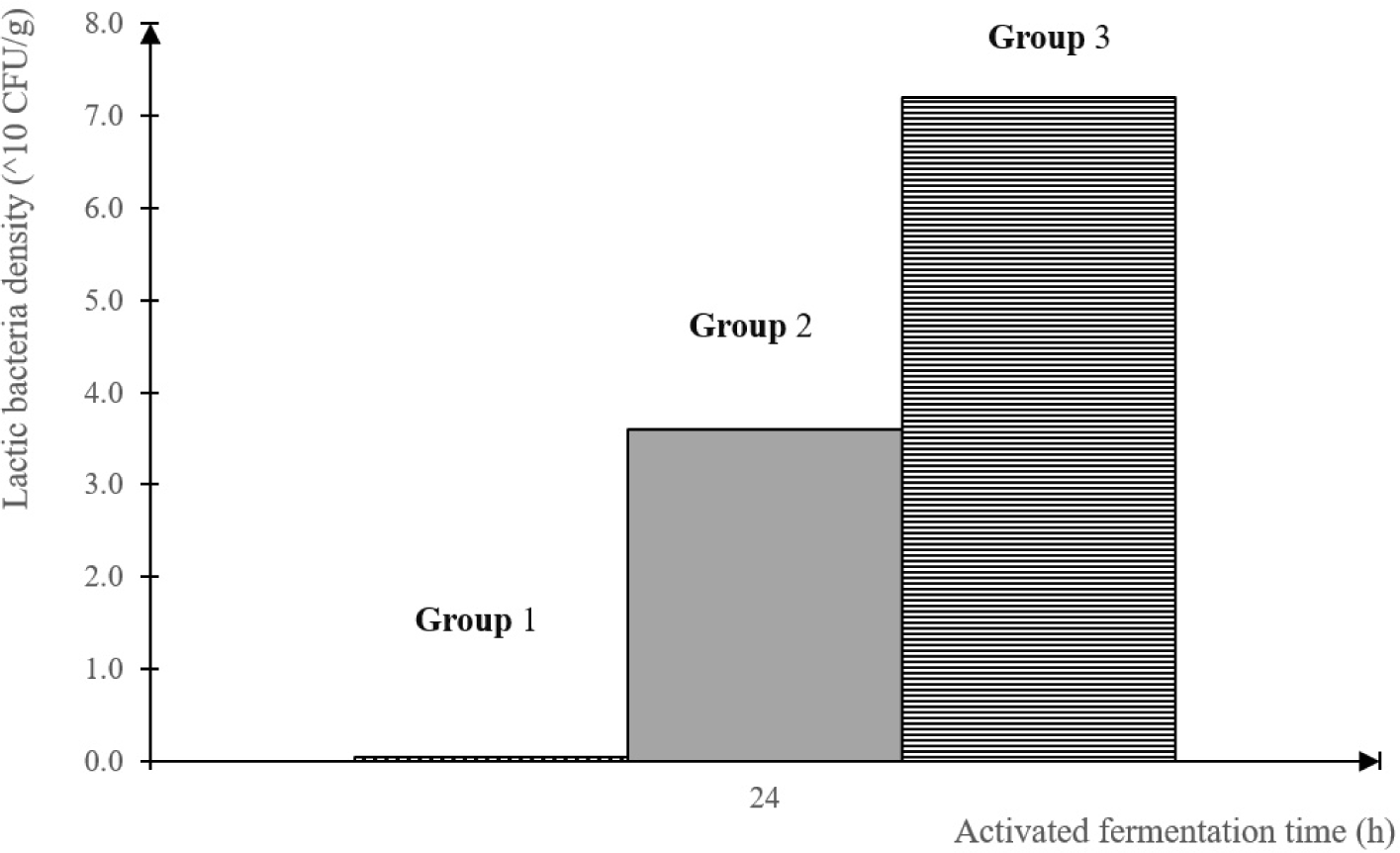
These results show that a mixture of two bacterial strains L. plantarum and L. acidophilus with a ratio of 1:1 after 24 h of fermentation in 8% sugar solution will create the highest bacterial density and is suitable for fermentation compared to other strains tested (Gandhi & Shah, 2014). Therefore, a mixture of two bacterial strains L. plantarum and L. acidophilus with a ratio of 1:1 was chosen as the starter culture for the processing of fermented snubnose pompano fillet samples with activation time of 24 h.
The results in Fig. 8 show that fermention methods and time had significant effect on sensory quality of fermented snubnose pompano products. Specifically, fermented pompano samples that were supplemented with a mixture of L. plantarum and L. acidophilus in a 1:1 ratio and fermented for 5, 6, 7, and 8 days had sensory score ranging at 17.09, 18.11, 19.11, and 18.44 respectively. Thus, the fermented products supplemented with a mixture of L. plantarum and L. acidophilus with 7 days of fermentation had the highest quality score, the fillets were bright in color, as well as supple and elastic in muscle. Meanwhile, on the 5th and 6th days of fermentation, the fish meat had not yet reached biological maturity, so the sensory quality is still controled. However, when the fermentation time was increased to 8 days, the pickled product had a harsh sour taste and a less desirable flavor, resulting in a decrease in sensory quality.
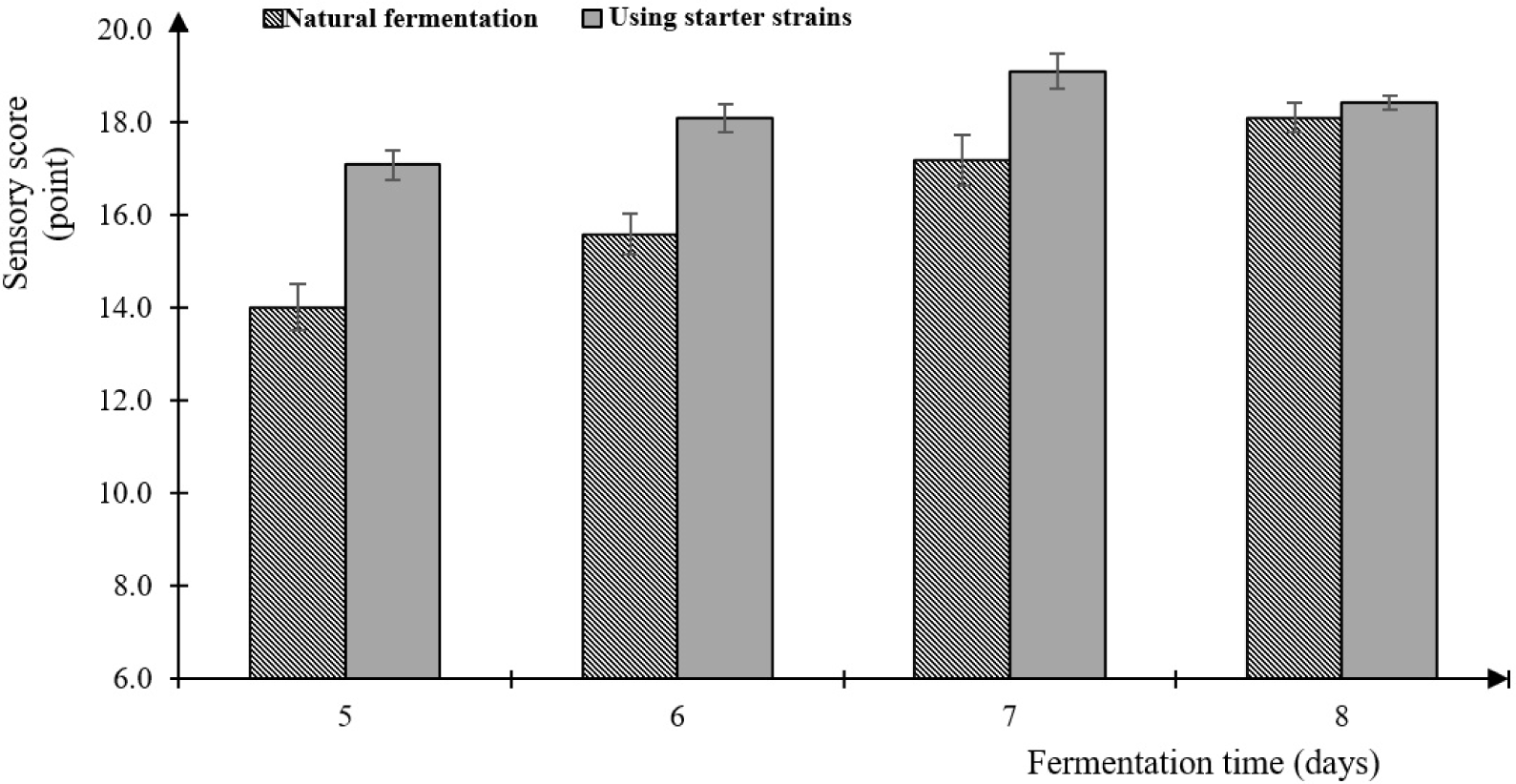
Our studies show thatthe traditional method without the addition of starter cultures had significantly poorer sensory quality than the sample supplemented with a mixture of 2 starter strains. Specifically, the sensory score of fermented products were 14.03, 15.60, 17.19, and 18.12 corresponding to the fermentation time of 5, 6, 7, and 8 days. Other studies on dried fermented fish products by Zeng et al. (2013), Asiedu & Sanni (2002) also had similar results. The addition of a starter culture of lactic bacteria is considered to help reduce lag time, makes the product sour more quickly and shortens fermentation time (Arashisar et al., 2004; Xiong et al., 2016). Thus, the fermentation process using a mixture of two types of bacteria L. plantarum and L. acidophilus in a 1:1 ratio for 7 days produced fermented snubnose pompano fillets with highest sensory quality.
The results in Fig. 9 show that fermentation method and fermentation time had a strong influence on the pH of fermented products. For example, fermented fish fillets supplemented with a mixture of two strains of L. plantarum and L. acidophilus at a ratio of 1:1 had lower pH values than that of the control samples. The pH values of samples were 5.42, 4.92, 4.38, and 4.10 after 5, 6, 7, and 8 days of fermentation, respectively. Meanwhile, the fermented fish fillet samples without the starter strain had a slower pH decrease with values of 6.06, 5.94, 5.14, and 4.66 for 5, 6, 7, and 8 days respectively. Thus, the addition of Lactobacillus bacteria contributed to the fermentation process leading to a faster decrease in the pH of the product (Arashisar et al., 2004). The results also indicated that the fermented samples supplemented with a mixture of L. plantarum and L. acidophilus after 7 days of fermentation had a pH value of 4.38. This value is within the recommended level (pH 4, 5 ÷ 4.2) that was considered as the appropriate pH to complete the fermentation process of fermented fish products (de Pereira et al., 2020; Hua et al., 2022).
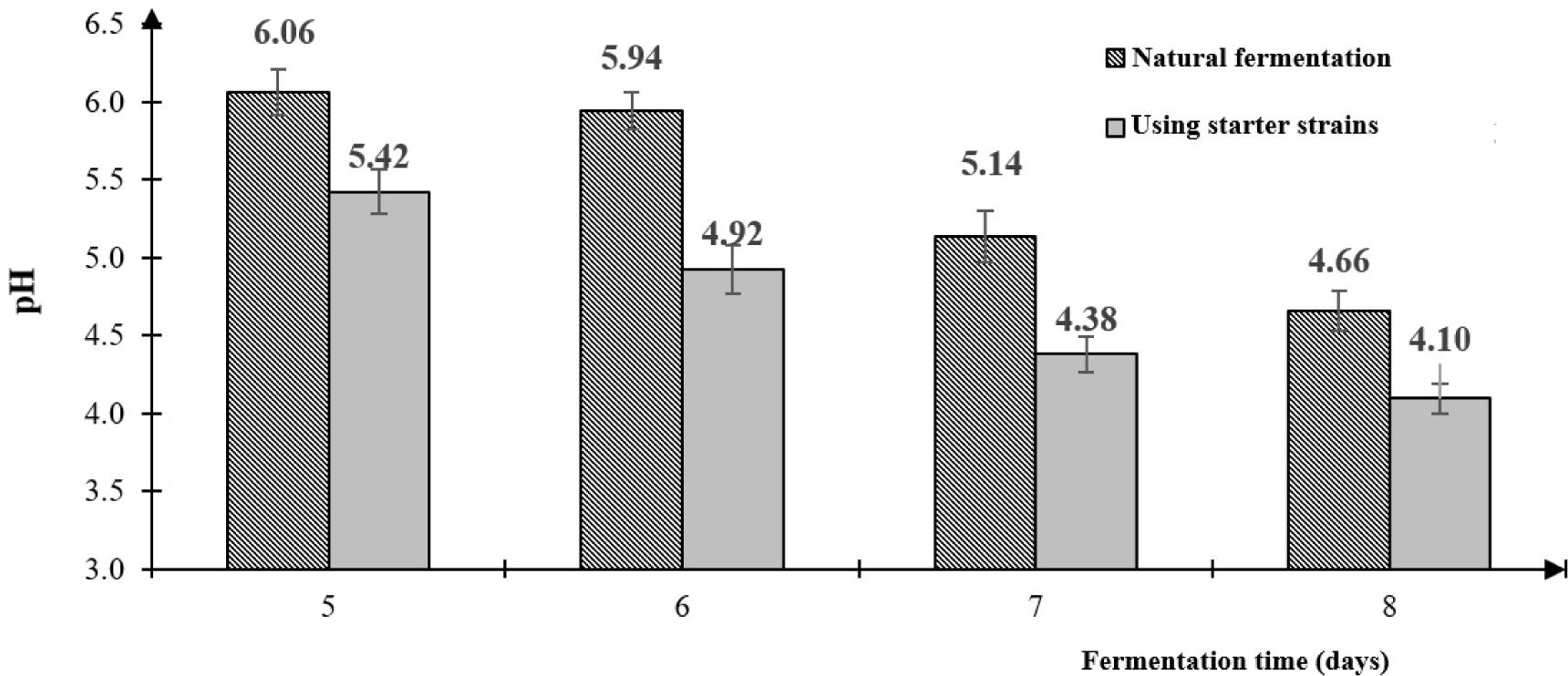
Thus, the sensory score and pH results show that fermentation products of snubnose pompano fillets supplemented with a mixture of L. plantarum and L. acidophilus for 7 days had the highest sensory quality and pH values.
The fermented snubnose pompano products were produced according to the selected conditions of fermentation. The composition of final products is presented in Tables 3, 4, and 5. These data show that the fermented snubnose pompano fillets produced using the protocols used in this research satisfy all Vietnamese standards for fish and fish products quality.
| No. | Composition | Results (%) |
|---|---|---|
| 1 | Moisture content | 60.01 ± 3.86 |
| 2 | Protein | 26.42 ± 0.95 |
| 3 | Lipid | 8.03 ± 0.75 |
| 4 | Mineral | 4.87 ± 0.31 |
Conclusion
Processing parameters are very important aspect from a product point of view. This work confirmed that drying methods, wilting, selection of fermentation strains and fermentation time significantly affect the quality during production of fermented snubnose pompano. This study shows a fermentation process with pre-wilting and using a mixture of two bacterial strains L. plantarum and L. acidophilus in a 1:1 ratio activated in 8% sucrose for 24 h produces fermented salting snubnose pompano with consumer acceptable and desirable qualities that will support the development of snubnose pompano products by the fishery industry. Further studies on storage of final products and changes in nutritional compositions during storage should be conducted to promote the commercial development of this new products.








